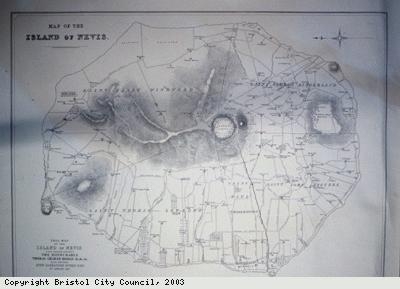How Slavery Developed
Sugar Plantations
Plantations run by European landowners needed a constant supply of workers to produce goods such as sugar, rum, tobacco and cotton. Sugar growing in particular required many workers. Everyone was expected to work, even old slaves and children. Life on the plantations was extremely hard – a third of newly imported slaves died within three years – creating a constant demand for new slaves to replace them.
Planting began in October. First the ground had to be cleared, the canes grew quickly and were manured and weeded. After 15 to 18 months the cane was ready to be cut.
The sugar mill and boiler house worked 24 hours a day during the harvest.
Cattle, wind or water and finally steam power were used to drive the rollers to crush the cane, and most of the equipment had to be imported from Europe. The juice was boiled in large copper bowls over open fires, until it was thick and crystalline when cold; a bit like set honey. It was then packed into large barrels, called hogsheads, and shipped to Europe.
At one time Bristol had 22 sugar houses. Here the raw brown sugar would be refined. It was boiled again to take out more impurities then left to crystallize in cone-shaped moulds. This resulted in the ‘sugar loaf’ of white ‘refined’ sugar.
In 1785, 22,811 hogsheads of sugar were imported through Bristol and by the 1880s it reached about 150,000 a year.

 Bristol’s merchants
Bristol’s merchants Examples of cargoes
Examples of cargoes Abolition
Abolition Rebellion
Rebellion Sugar Plantations
Sugar Plantations African heritage
African heritage The voyage
The voyage ‘Buying’ the slaves
‘Buying’ the slaves Bristol ships go to Africa
Bristol ships go to Africa Goods to trade
Goods to trade

